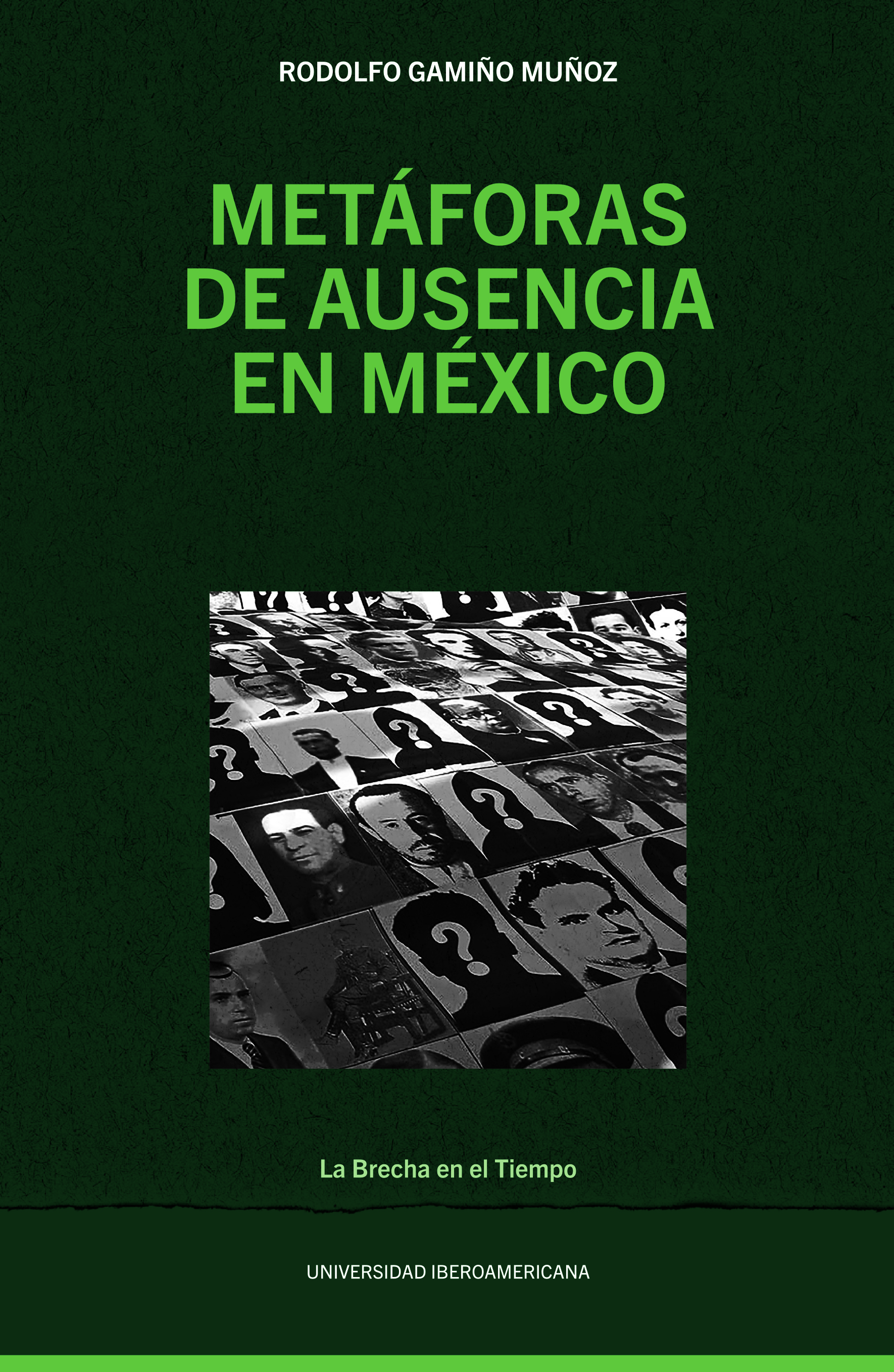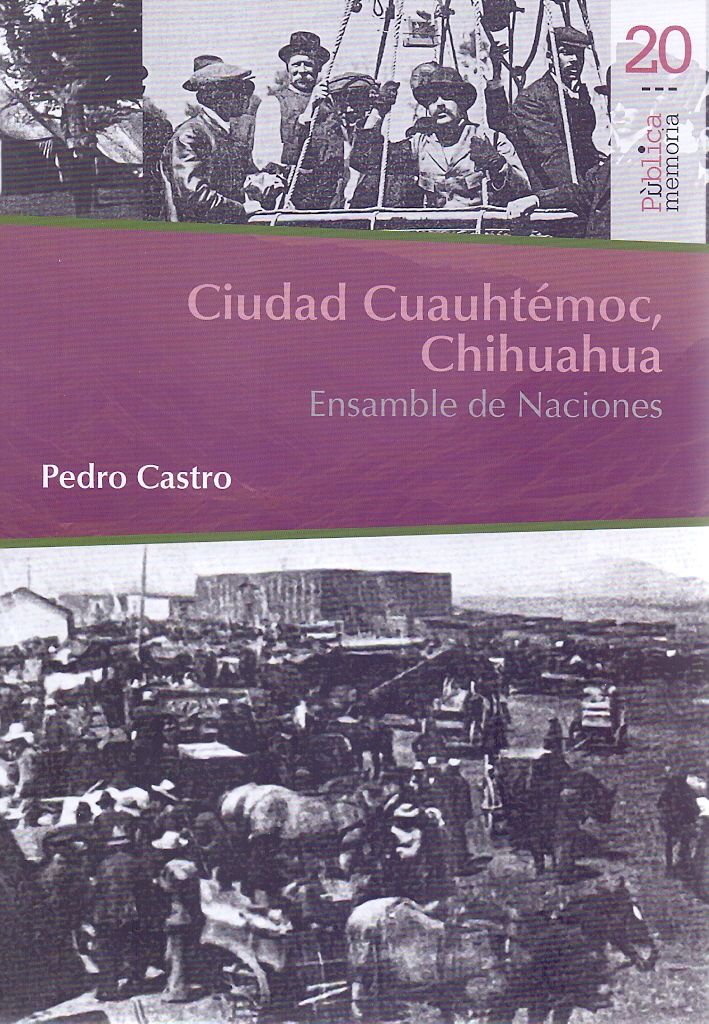Libros relacionados
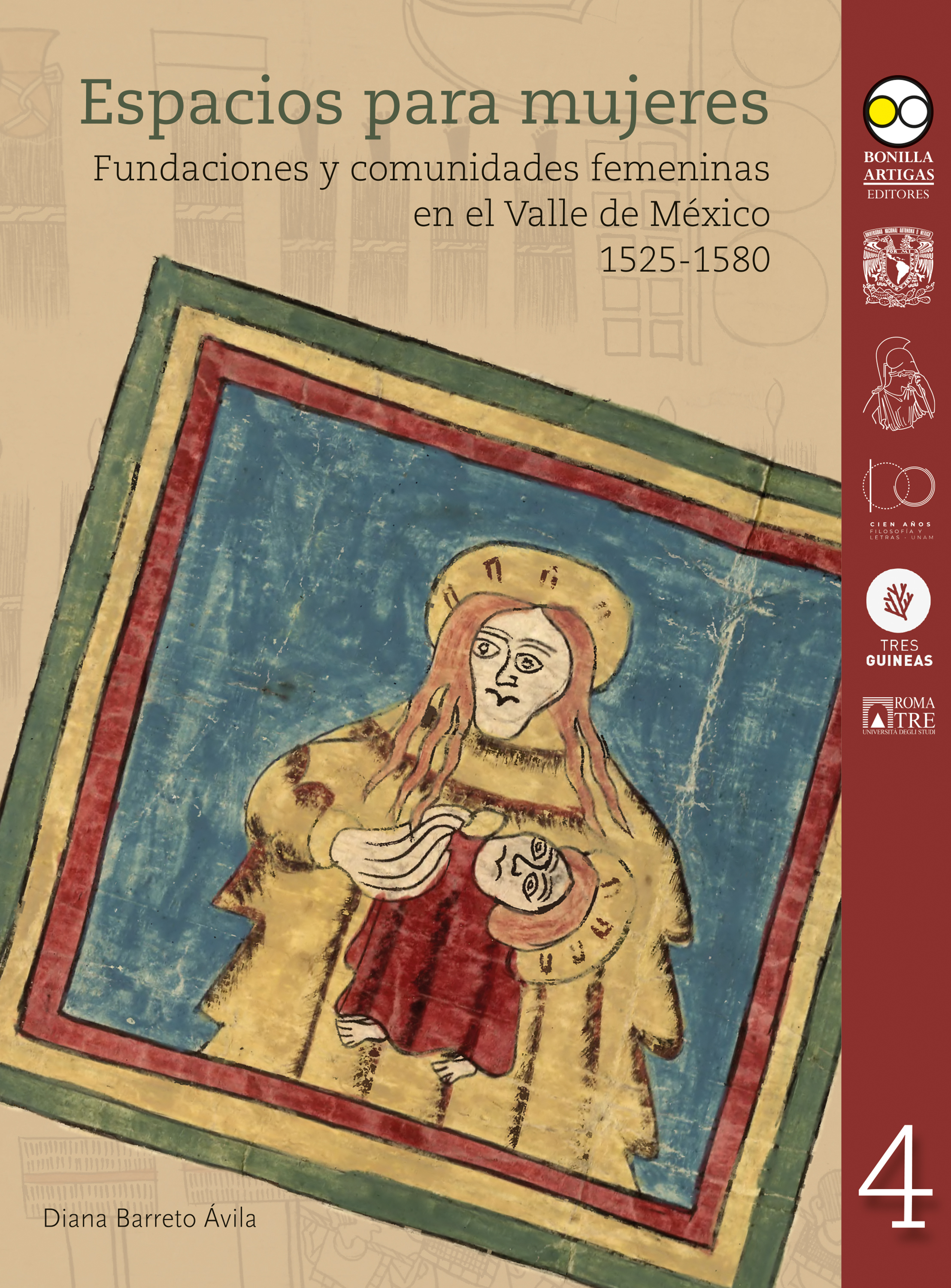 |
Espacios Para Mujeres: Fundaciones y Comunidades Femeninas en el Valle de Méxic Barreto Ávila, Diana Bonilla Artigas Editores |
 |
Enemigos Fueron Todos: Vigilancia y Persecución Política en el México Posrevoluc Valdez César Bonilla Artigas Editores |
 |
Historia Imperial del Santo Oficio (Siglos XV-Xix) Fernando Ciaramitaro, Miguel Rodrigues Lourenço Bonilla Artigas Editores |
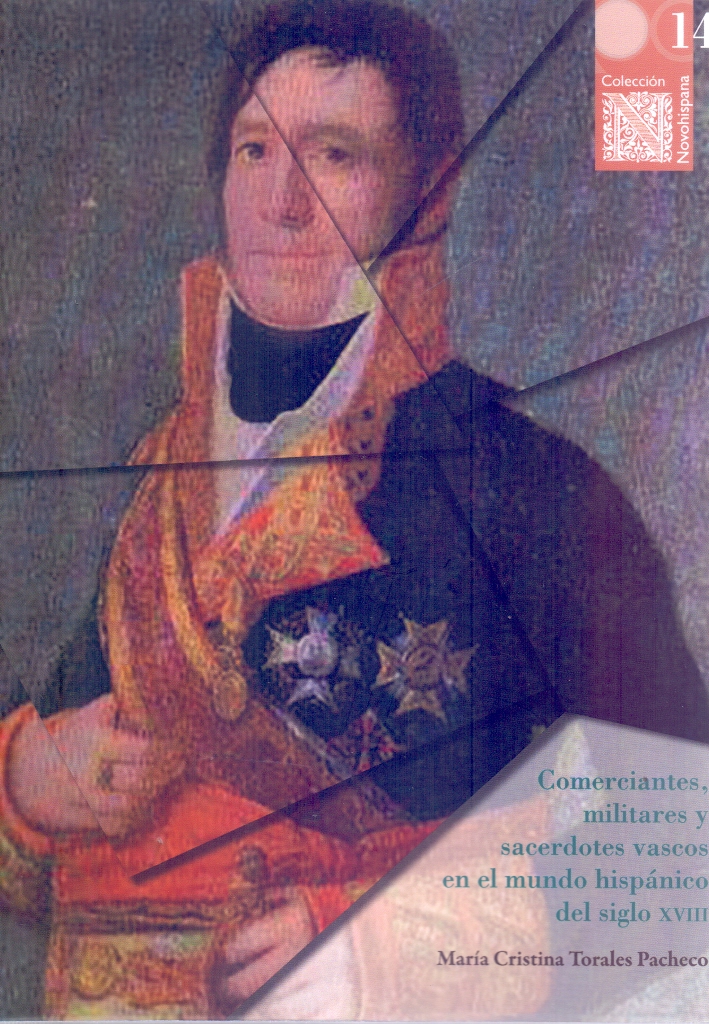 |
Comerciantes, Militares y Sacerdotes Vascos en el Mundo Hispánico del Siglo XVII Torales Pacheco, María Cristina Bonilla Artigas Editores |
 |
El Crisol y la Flama: Grupos Sociales y Cofradías en Pátzcuaro (Siglos XVI y XVI Flores García, Laura Gemma Bonilla Artigas Editores |
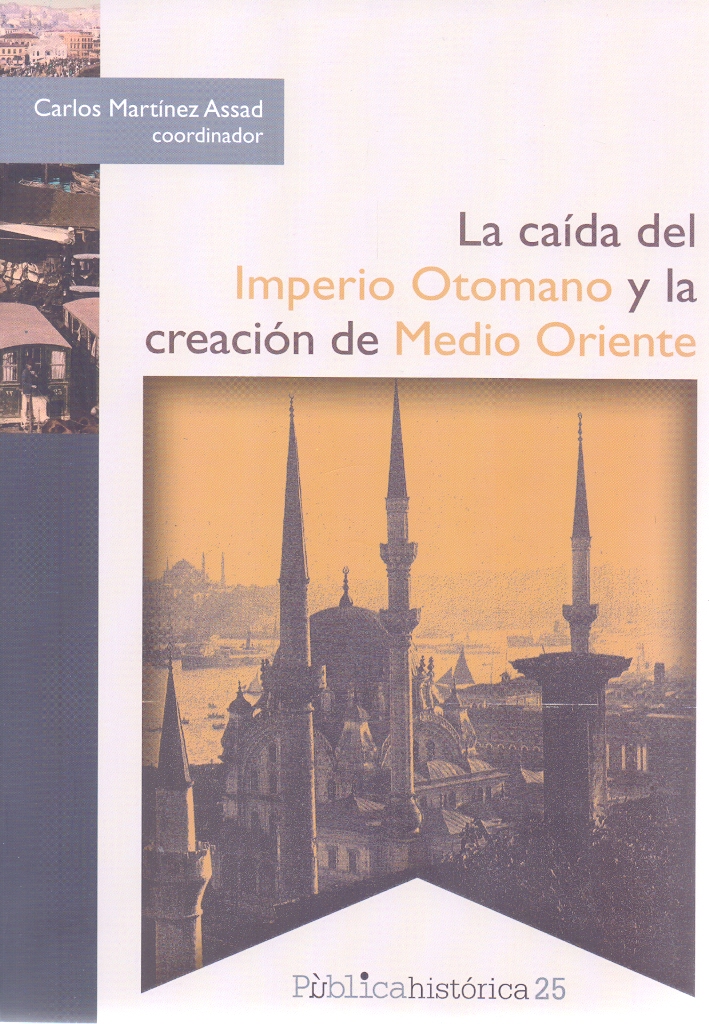 |
La Caída del Imperio Otomano y la Creación de Medio Oriente Carlos Martínez Assad Bonilla Artigas Editores |
 |
Exilio Español y Su Vida Cotidiana en México, El. Serrano Migallón, Fernando; Woldenberg José Bonilla Artigas Editores |


|
Título: Publishing And The Advancement Of Science: From Selfish Genes To Galileo's Finge | |
| Autor: Michael Rodgers | Precio: $684.00 | |
| Editorial: World Scientific | Año: 2014 | |
| Tema: Ciencia, Historia | Edición: 1ª | |
| Sinopsis | ISBN: 9781783263714 | |
| Popular science books, selling in their thousands _ even millions _ help us appreciate breakthroughs in understanding the natural world, while highlighting the cultural importance of scientific knowledge. Textbooks bring these same advances to students; the scientists of tomorrow. But how do these books come about? And why are some of them so spectacularly successful?
This is the first ever insider's account of science publishing, written by an editor intimately involved in the publication of some of the most famous bestsellers in the field. Michael Rodgers reveals the stories behind these extraordinary books, providing a behind-the-scenes view of the world of books, authors and ideas. These vivid and engaging narratives illuminate not only the challenges of writing about science, but also how publishing itself works and the creative collaboration between authors and editors that lies at its heart. The book (like many of those it describes) is intended for a wide readership. It will interest people in publishing, past and present, and also academics and students on publishing courses. Scientists exploring territories outside their own speciality will enjoy it, while there is invaluable advice for those planning their first popular book or textbook. It will also appeal to readers with a humanities background who, finding the concepts of science intriguing, want to know more about how they are developed and communicated. Readership: The general public and students who are interested in the relationship between science and publishing. |
||
Librería Bonilla SA de CV © Todos los derechos reservados. 2019
Última actualización: Jul 2019




